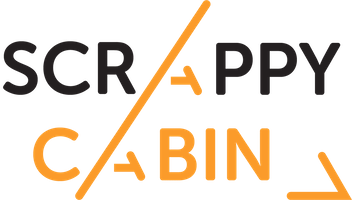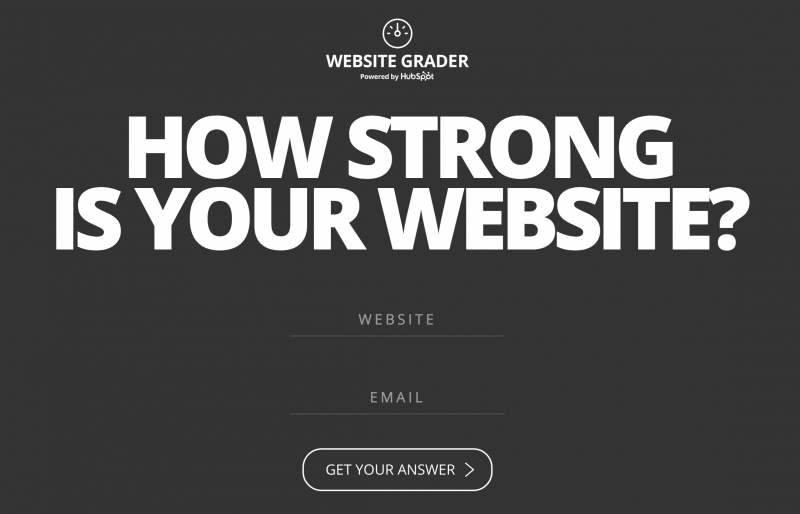Build Custom Tools for Lead Generation
Objective: Increase the number of leads you generate through the creation of highly relevant, self-qualifying tools.
How: I can't stress the importance of relevance here. The number 1 mistake that I see businesses make when they try to execute this strategy is to build a tool that generates a lot of traffic but either bears no relevance to their business or it doesn't inherently qualify leads.
When I talk about the tool being self-qualifying, I'm referring to the fact that it would only be useful to users that would also get use from your product/service.
A good example of this is HubSpot's Website Grader.
The tool grades the performance of your website based on a variety of inbound marketing metrics.
You'll get a report sent to you that outlines areas for improvement, as well as the things you're currently doing well.
Coincidentally, HubSpot's marketing software is likely to help you improve on those areas you're lagging in. Not only that, but the sales team now have a bunch of data on your current setup that will enable them to sell better to you.
A great lead generation tool will combine the ability to gather essential data on the prospect in order to improve the likelihood of a sale, as well as fulfilling a core pain point of the prospect. In this example, the pain point is that a lot of marketers struggle to figure out how well their current website is performing.
In order to build a custom lead generation tool, go through the following steps:
- Outline some core problems that your buyer persona has.
- List out the most essential data points you'd need from a prospect to sell to them (email, phone, etc.).
- List out 2-3 basic solutions to the core problem that your buyer persona has (from step 1).
- Identify any of the solutions from step 3 that could be automated in some form.
- For those that can be automated, list out the steps to automate each (in detail) and work this into an ideal for a tool.
- PIE score each idea and stack rank them highest to lowest to prioritize which to look at.
- Try to figure out ways to get the data you need from the user in a way that feels part of the whole experience.
- Build, test and iterate.
Don't underestimate the complexity of this process. More often than not, the best tools are the simplest, but it takes a lot of work to get to the stage where you can make a simple idea work.

